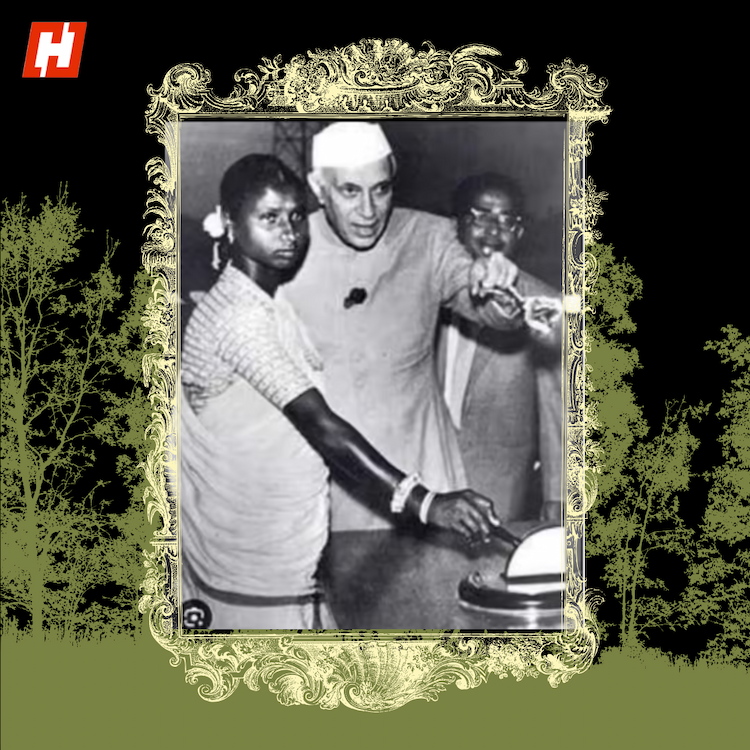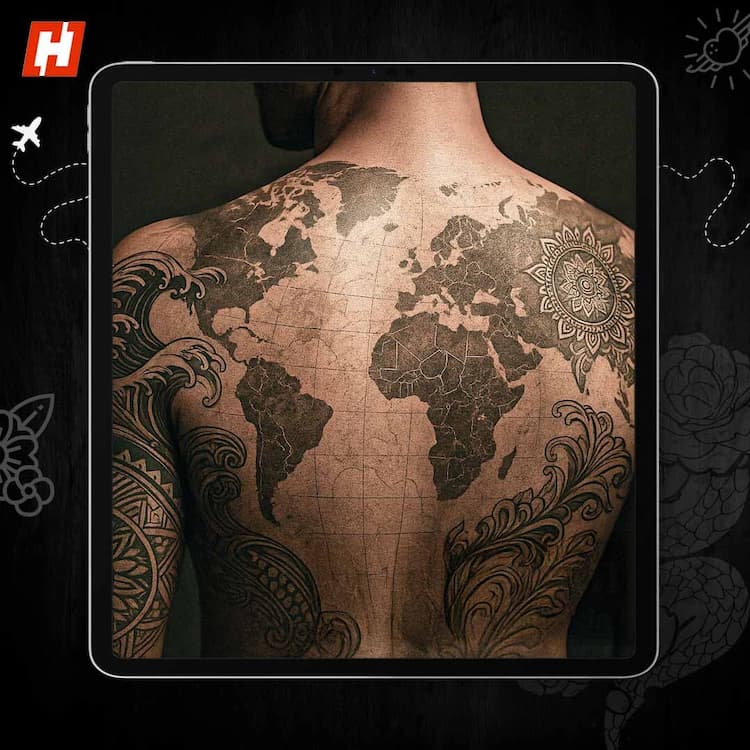India is a land of diverse cultures, traditions, and inventions. Over the centuries, India has absorbed countless influences from different civilisations, shaping its rich heritage. However, there are many things we commonly think are originally from India, whether our favourite snack samosa or our moms' favourite beauty staple bindi, are actually originated elsewhere. Here are some surprising things we often think are Indian but are not.
Biryani is one of India's most beloved dishes, found in every corner of the country with regional variations like Hyderabadi, Lucknowi, and Kolkata biryanis. However, its origins lie in Persia (modern-day Iran). The word biryani is derived from the Persian word birian, meaning 'fried before cooking'. The dish was brought to India by Persian travelers and Mughal rulers, who adapted it with Indian spices and cooking techniques.
The crispy, spicy snack we love with our evening tea actually hails from the Middle East. Originally called sambosa, it was introduced to India by traders and travelers from Persia and Central Asia. Over time, Indians made it their own, stuffing it with spiced potatoes, peas, and sometimes meat.
Tea (or chai as we call it) is deeply embedded in Indian culture. However, tea cultivation originated in China, where it was consumed as early as 2737 BCE. The British popularized tea in India during colonial rule, planting tea estates in Assam and Darjeeling. Today, India is one of the largest tea producers, but the drink itself has foreign roots.
Many Indians take pride in the belief that zero was invented in India. While Indian mathematician Aryabhata significantly contributed to its development, the concept of zero existed earlier in Mesopotamian and Babylonian mathematics. However, India played a crucial role in refining and spreading its use in modern mathematics.
The earliest buttons were discovered in the Indus Valley Civilization, dating back to 2000 BCE. However, buttons as fasteners were used in ancient Egypt and China as well. While India was one of the earliest adopters, the concept itself is not uniquely Indian.
Pashmina and other woolen shawls are a staple in Indian winters, particularly in Kashmir. However, the technique of making fine woolen fabric originated in Central Asia. Persian and Mongol influences shaped the shawl-making traditions in Kashmir, making it a fusion rather than a purely Indian craft.
While yoga is deeply connected to Indian spirituality, it has absorbed various influences over time. Ancient Indian texts like the Vedas mention yoga, but modern yoga, especially the physical postures (asanas), have been influenced by Western gymnastics and calisthenics, particularly during the colonial period.
Paneer, the go-to cheese in Indian cuisine, was not originally Indian. It has Persian and Afghan roots and was introduced to India by Mughal and Central Asian invaders. Traditional Indian dairy products like chhena (used in Bengali sweets) are indigenous, but paneer was adapted later.
The popular salwar kameez actually has its origins in Persia and Central Asia. It became common in India through the Mughal era.
India has always been a melting pot of cultures, absorbing and reinventing elements from around the world. While these items and traditions may not have originated in India, they have been embraced, transformed, and made an integral part of the country's heritage.






